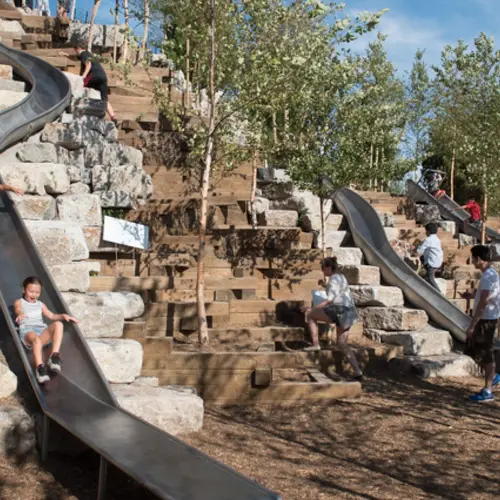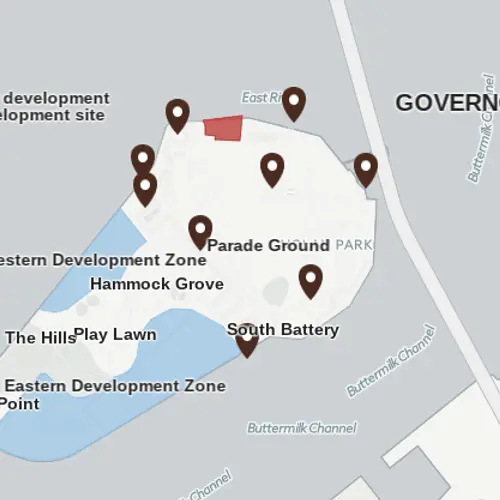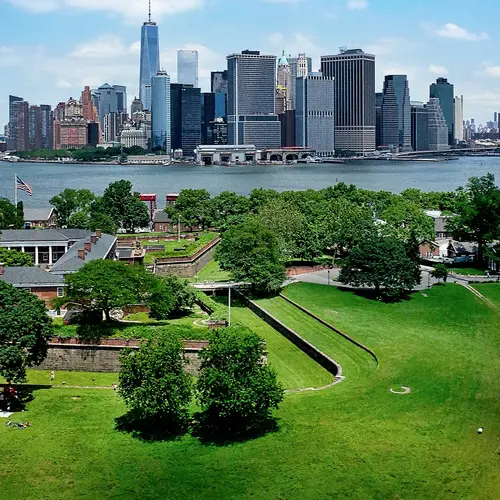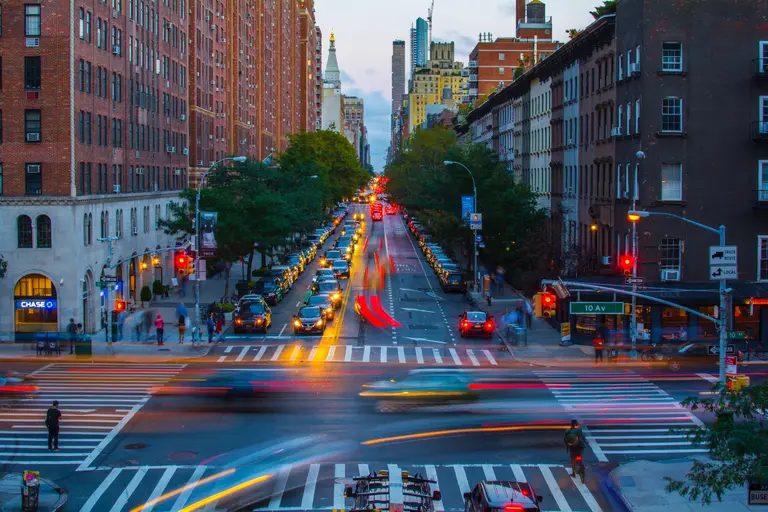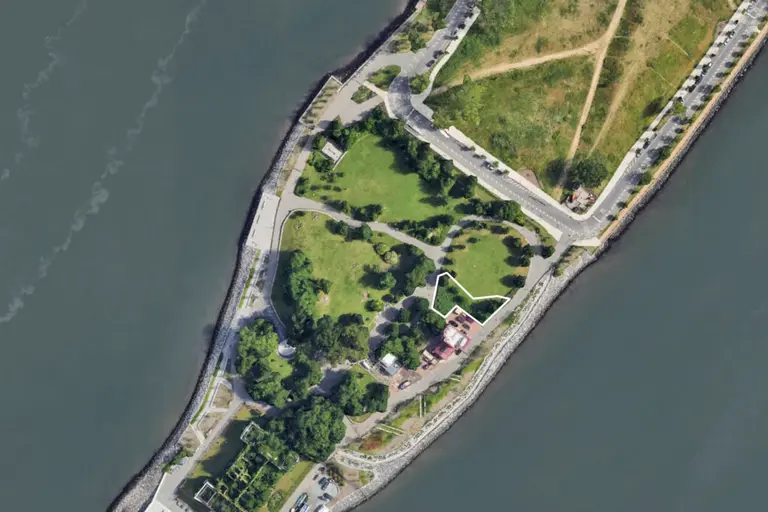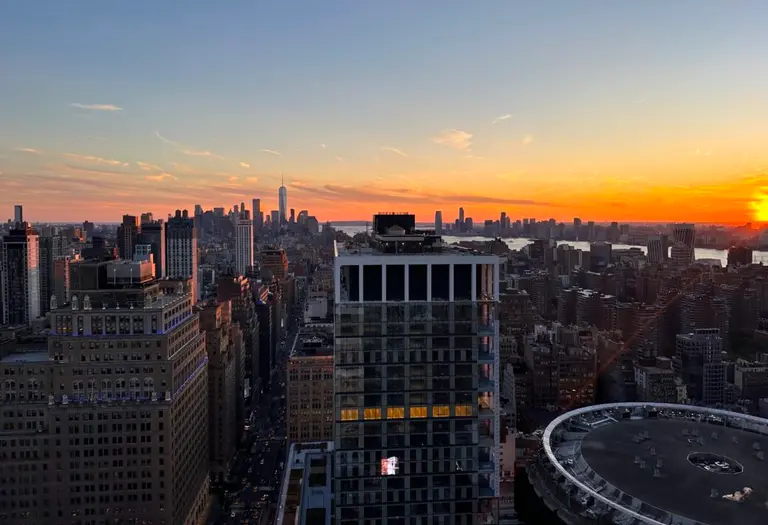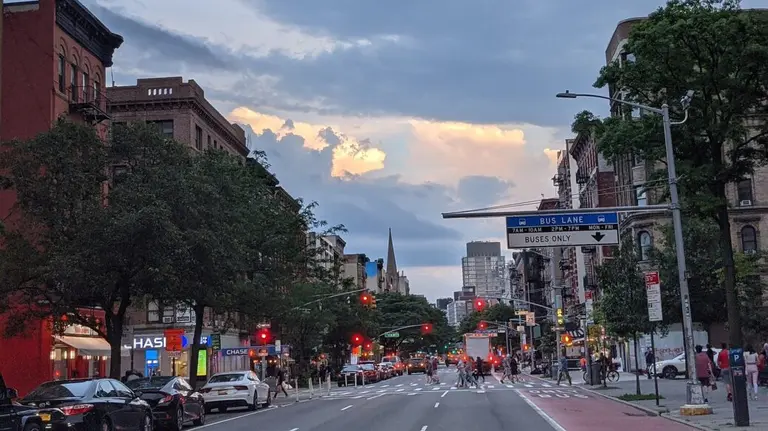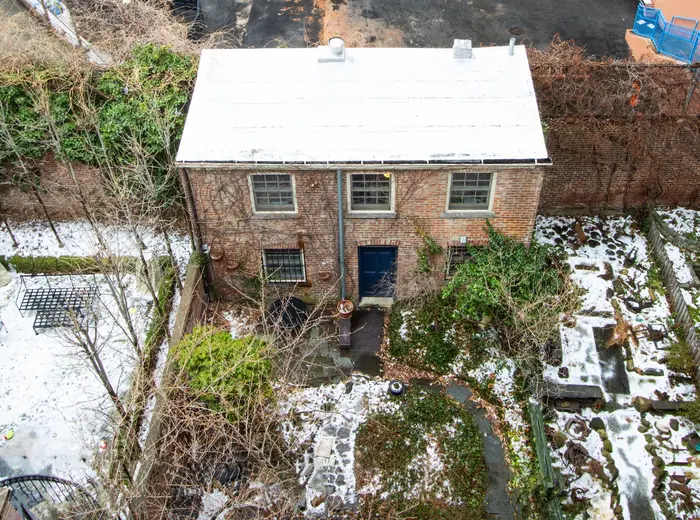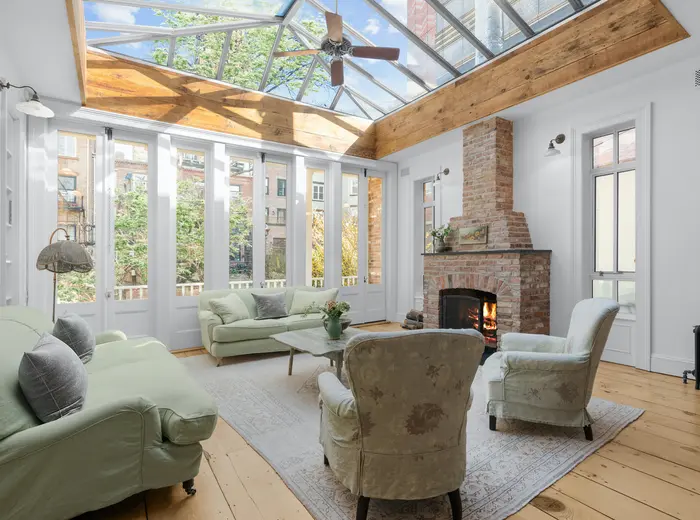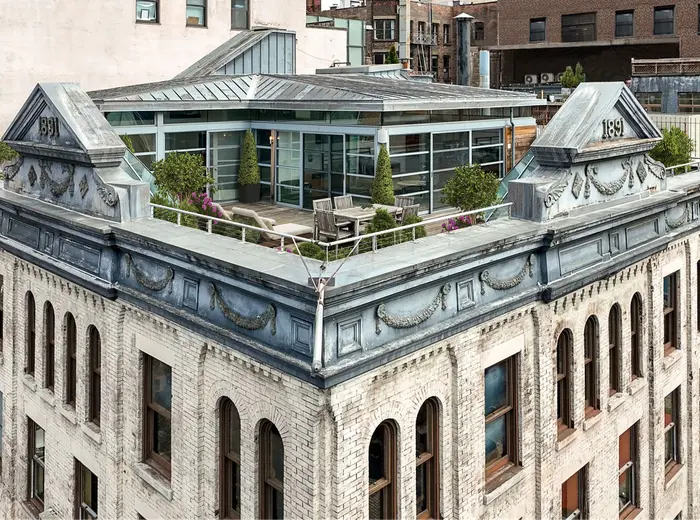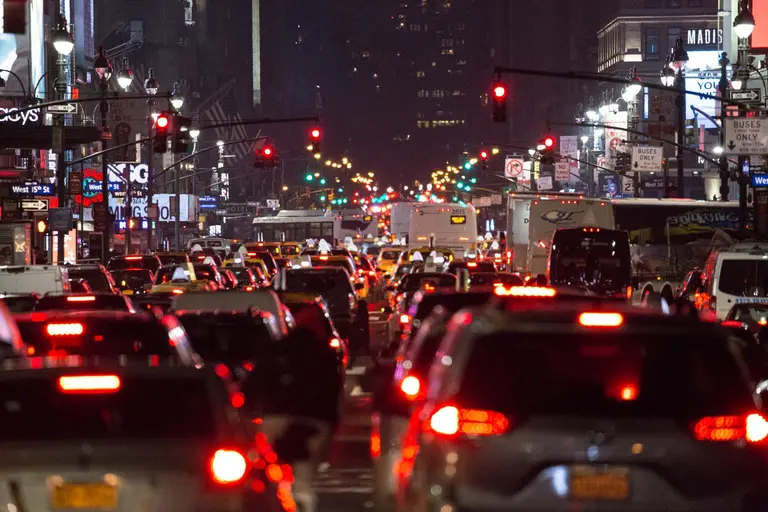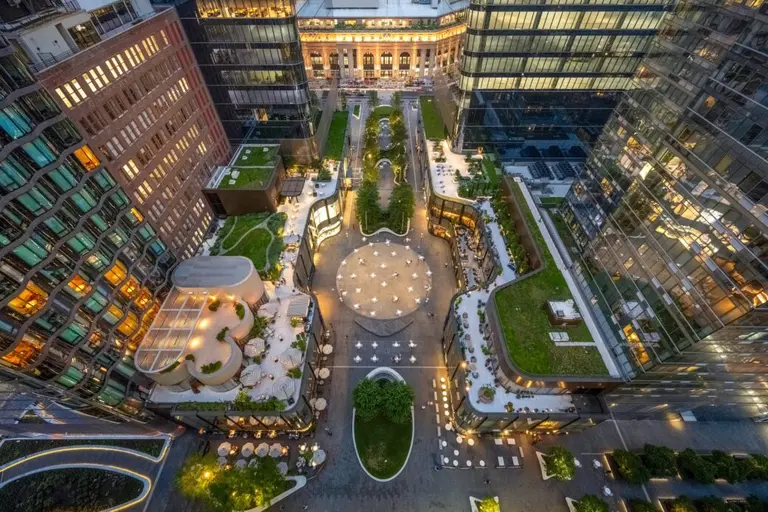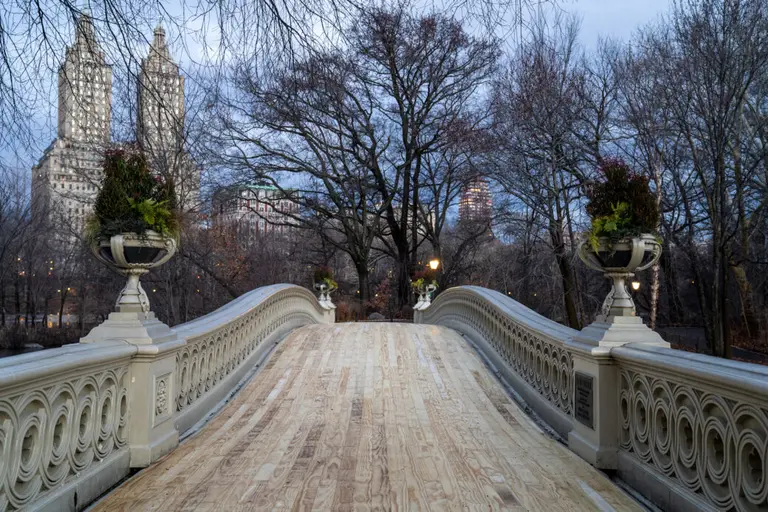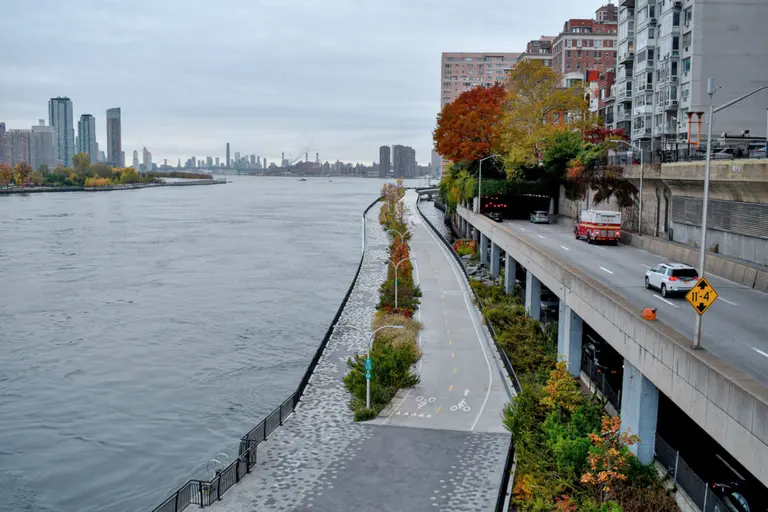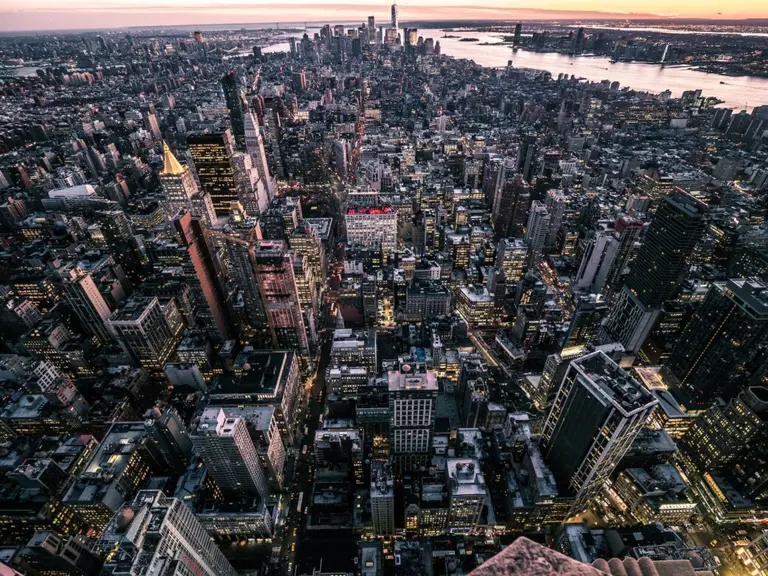A plan for a 24/7 Governors Island community is in the works
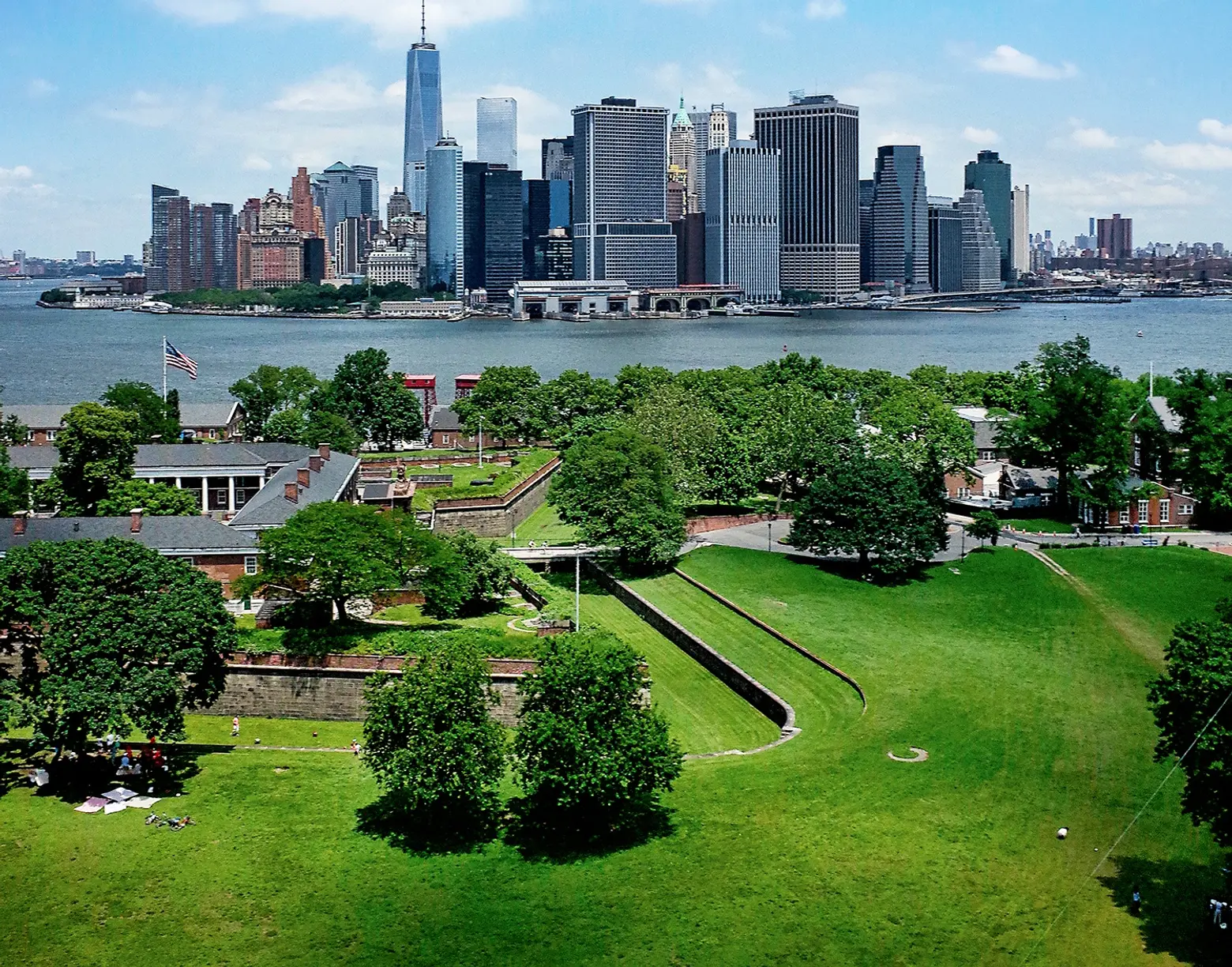
The 172-acre Governors Island first opened as a publicly accessible outdoor space in 2005, but it’s still open just 120 days per year, with the city spending over 10 years trying to figure out what to do with the rest of this teeming-with-potential site. Just last year a new 40-acre park and playground opened, and the area is now ready for its next major revitalization. As Crain’s reports, the Trust for Governors Island will roll out a plan to create a 24/7 community with even more public parks, nonprofit tenants related to the site’s maritime history, restaurants, and five million square feet of new commercial, office, and education space.
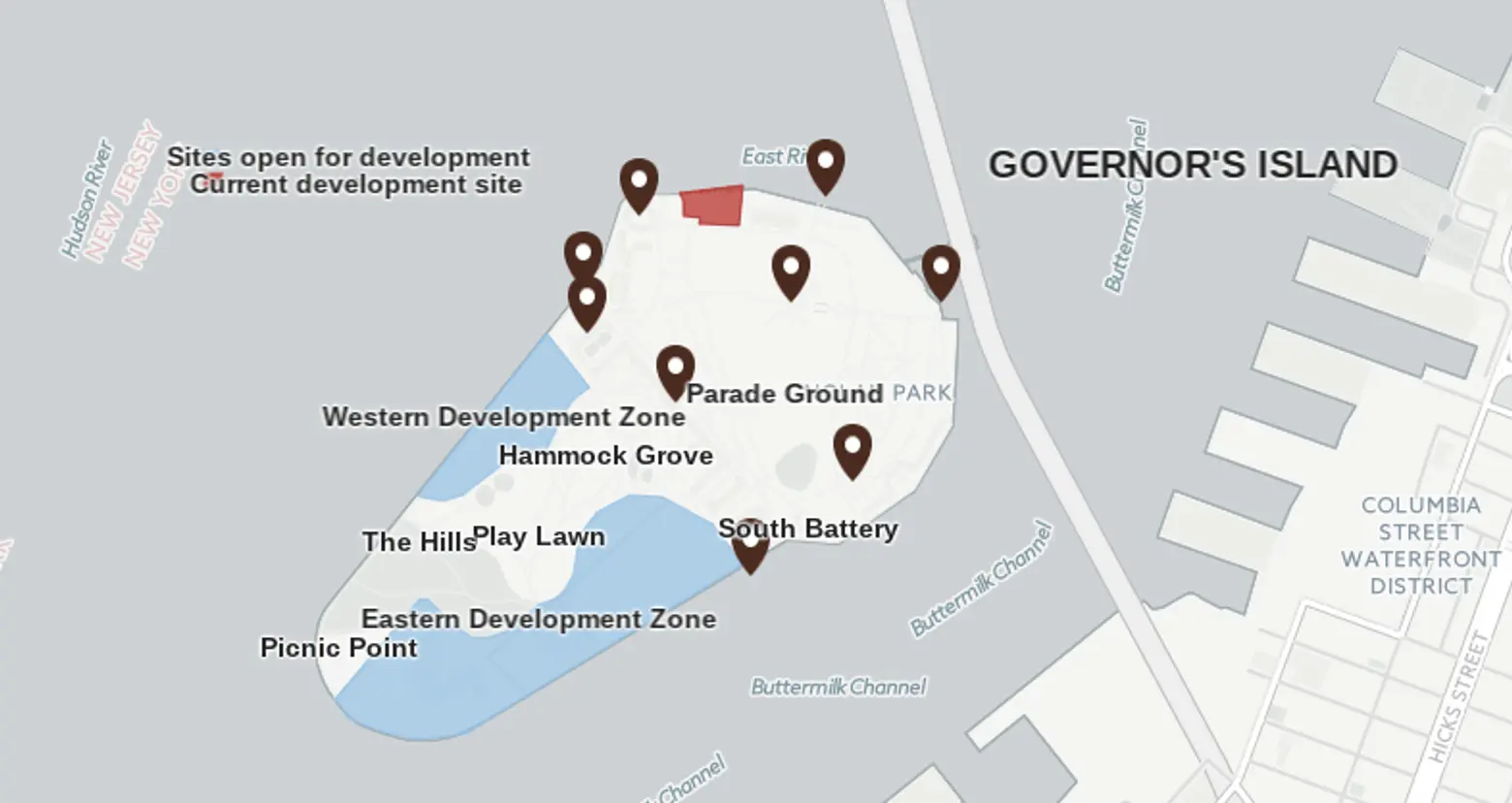
Map of Governors Island courtesy of Crain’s
The Lenape Tribe of Manhattan first referred to Governor’s Island as Pagganuck, which means “Nut Island” after its ample hickory, oak and chestnut trees. Its location made it a perfect spot for local tribes to camp and fish. The Dutch later settled there in 1624, beginning several centuries of colonial and military use. Using fill from the construction of the Lexington Avenue subway, the U.S. Army Corps of Engineers doubled the size of the island in 1912. Several decades later, it became an official Historic District designated by the city’s Landmarks Preservation Commission. In 2003, the federal government sold the remaining 150 acres of Governors Island to the people of New York, with a deed ensuring much of it be used for public benefit. It officially opened to the public in 2005, when 8,000 visitors came to Governors Island.
The Bloomberg administration issued several requests for proposals to redevelop Governors Island but was met with little success. While ideas on what to build there have ranged from a waterborne transportation hub to a SpongeBob SquarePants-themed resort hotel, in 2010 city officials decided to spend $350 million on water and electricity infrastructure and fund a 40-acre park instead.
In 2013, large ball fields and a greenery with maze-like hedges were built as part of the island’s park. A large series of hills that rise 70 feet above sea level were created in 2016, and provide visitors incredible views of the Harbor. Plus, two year-round tenants made the island their home, the Urban Assembly New Harbor School and an artist studio residency program, the Lower Manhattan Cultural Council’s Art Center. Following these investments, visitors to the island increased with more than 500,000 people stopping by last season.
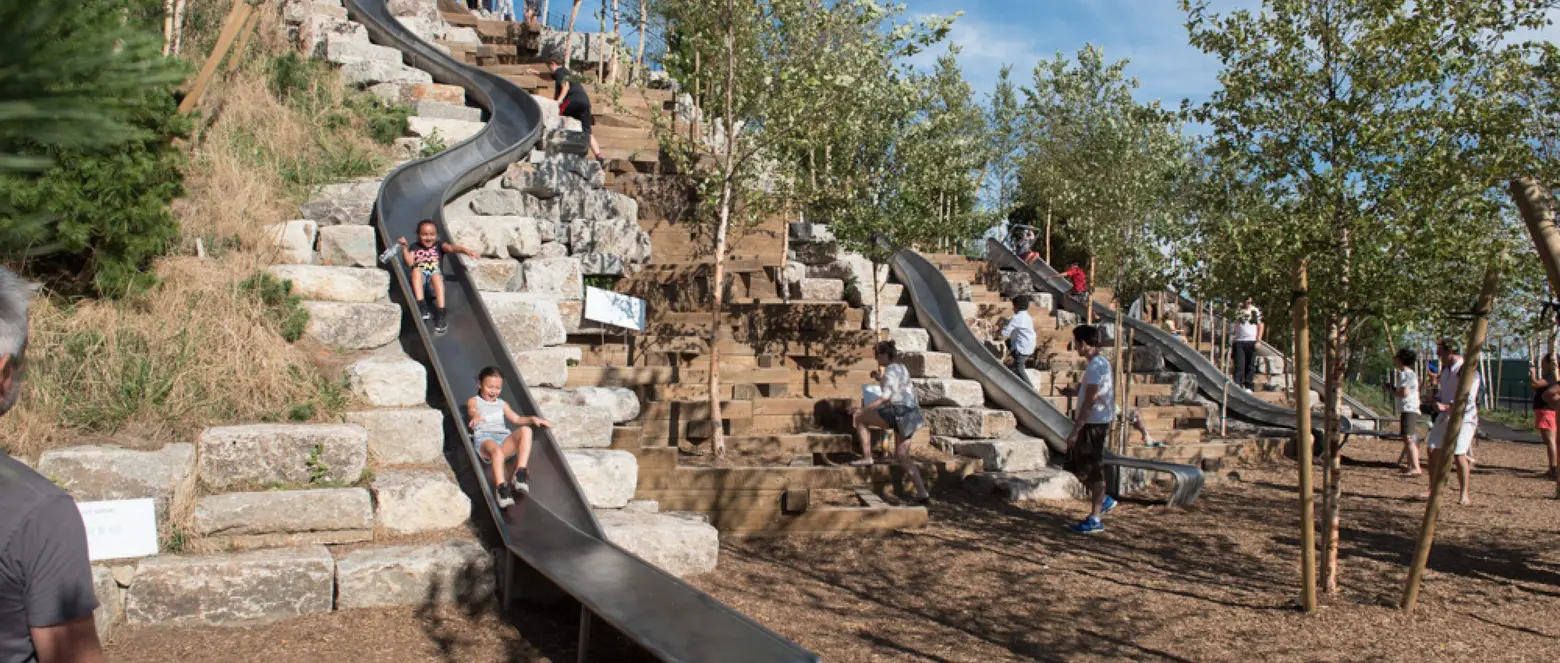
The newly renovated park includes Slide Hill, which rises 40 feet and includes four slides, courtesy of GovIsland.com
To kick off the next phase of Governors Island’s redevelopment, Mayor de Blasio hired city planner Michael Samuelian as the Trust’s president and CEO last summer. Samuelian helped revitalize Lower Manhattan after 9/11 and currently serves as the vice president of Related Companies, where he led the planning of Hudson Yards. He told Crain’s the project ahead of him is so large that “it’s interesting to start a job you want to have for the next decade.”
First, officials will focus on six historic buildings with the largest floor space and the smallest amount of work needed. Samuelian hopes to sign the first deals by the end of the year, with the goal of attracting nonprofit organizations with some connection to the island’s maritime history, as well as food vendors. The Trust is also hoping to get companies to move there that may open a conference center or wedding hall.
While the city granted the Trust $34 million to fund their project, it has no other significant income to pay for repairs. A plan is being developed with the city’s Industrial Development Agency that will help them pay the bills by cutting taxes through waivers of things like the mortgage recording tax and duties on construction materials. Plus, historic tax credits will return 15 cents on every dollar of capital repairs to the landmarked buildings. Future tenants will have to be comfortable making all repairs required under the oversight of the Landmarks Preservation Commission.
Getting to the island may be one of the challenges. The island is only accessible via ferry, and the trust already spends $4 million each year operating the Coursen, which carries 1,100 people from Lower Manhattan every hour. While the city’s expanded East River ferry service stops at the island on the weekends, more stops would be needed. Other challenges the Trust faces include providing tenants with services like trash collection, mail services, and even food delivery since typical delivery services do not pass the Battery Maritime Terminal in the Financial District. A new police precinct, medical center, and fire station would also need to be built.
Leasing a majority of the historic buildings and upgrading the island’s operations are expected to take at least two to three years. After that, Samuelian has to figure out how to make the island cover its own operating costs, like Brooklyn Bridge and Hudson River Parks. Overall, 33 acres split between the island’s southern and northern sides is expected to hold five million square feet of space. Samuelian told Crain’s that he hopes to make rent more affordable than the Financial District.
[Via Crain’s]
RELATED:
